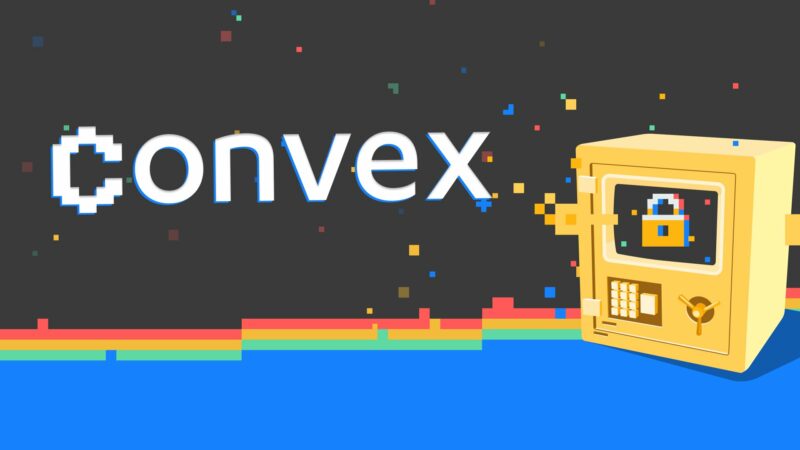zkLink: A Decentralized Infrastructure Provider Revolutionizing DeFi
The world of decentralized finance (DeFi) is expanding rapidly in the cryptocurrency realm. However, this ecosystem is faced with several challenges that impede its growth, such as liquidity fragmentation, expensive transaction fees, and protocol-related risks.
Today, we are pleased to introduce zkLink, a decentralized infrastructure provider that addresses many of these issues.
What is zkLink?
zkLink is a Multi-Chain infrastructure provider based on ZK Rollups technology. The protocol offers developers all the necessary tools and software development kits (SDKs) to create and deploy ‘omnichain’ decentralized applications with unified liquidity and asset aggregation.
zkLink solves one of the most prevalent issues in DeFi: liquidity fragmentation. With zkLink’s infrastructure, developers can build DeFi protocols where users can interact with assets from major blockchains without the need for different wallets or bridges.
Asset Aggregation & Liquidity Unification: The Perfect Combination for Seamless DeFi Navigation
Native Asset Aggregation and Liquidity Unification make zkLink an incredibly valuable infrastructure provider for developers and users alike. Here’s why:
- Asset Aggregation: This feature allows developers to integrate tokens from different Layer 1 blockchains (e.g., Ethereum) and Layer 2 blockchains (e.g., zkSync) onto a single platform. Users can trade multi-chain assets via a unified user interface, eliminating the need for inter-chain bridges and the associated risks and fees.
- Liquidity Unification: This involves merging identical tokens from various blockchains into a single native asset. For example, multiple USDT tokens from Ethereum, Optimism, and Binance Smart Chain are unified into a single canonical USDT token. Liquidity unification significantly improves the decentralized trading experience, removing the need for users to navigate multiple protocols across different blockchains.
An Infrastructure that Facilitates Customizable dApp Deployments
zkLink’s infrastructure consists of four distinct layers, each playing a crucial role in the protocol’s operation and the development of ZK-Apps (applications based on ZK Rollups technology).
Settlement Layer:
This layer, consisting of zkLink Nexus and zkLink Origin, verifies proofs and finalizes transactions. zkLink Nexus focuses on settlements on ZK-L2s (ZK Rollups-based Layer 2s) of Ethereum, while zkLink Origin handles settlements on Ethereum and other Layer 1s (e.g., Optimism). This multi-chain state synchronization ensures transaction security and integrity off-chain.
Execution Layer:
The execution layer is responsible for transaction execution, ensuring only valid transactions are executed. However, zkLink introduces TS-zkVM (Trading-Specific ZKP), an execution environment based on zero-knowledge proofs. It consists of three sub-layers: a storage sub-layer using Sparse Merkle Tree for network state storage, an execution sub-layer for financial transactions (high-frequency), derivatives, Oracle verification, and an extension circuit for customized operations (e.g., options trading) via the Risc Zero zkVM module.
Sequencer Layer:
This layer receives and sequences user transactions into batches, which are then forwarded to the settlement layer. To address single point of failure issues and miner extractable value (MEV), zkLink aims to integrate decentralized sequencer solutions like Espresso Sys, Astria, and Fairblock to enhance network security, fairness, and efficiency.
Data Availability Layer:
This layer ensures the ability to reconstruct rollup states in the event of unexpected service interruption. zkLink incorporates various modular third-party data availability solutions like Celestia & EigenDA to cater to developers’ diverse needs. Additionally, zkLink DAO’s Data Availability Committee (DAC) provides an additional option for data availability assurance.
zkLink Scan: Real-Time Transaction Analysis
The zkLink protocol also features its own explorer, zkLinkScan. This tool provides real-time transparency into all transactions conducted within protocols built on the zkLink infrastructure. Users can track the latest blocks and transactions, access detailed information including status, creation time, and the number of transactions per block, making activity monitoring accessible to all.
ZKEX: The First Decentralized Trading Protocol Built on zkLink
ZKEX is the first decentralized trading protocol, currently on mainnet, built on zkLink’s infrastructure. This omnichain protocol, secured by ZK-Proofs, enables decentralized trading of derivatives on cryptocurrencies such as ETH, AVAX, and BNB. Users simply deposit funds from their wallets to participate.
Conclusion: Empowering the Future of Decentralized Applications
With its ZK-Rollups-based infrastructure, zkLink facilitates the deployment of high-performance and interoperable ‘super-app’ decentralized applications.
By integrating various Layer 1 and Layer 2 blockchains on a single platform, zkLink simplifies transactions and asset management within the DeFi ecosystem. The features of native asset aggregation and liquidity unification literally transform the way users interact with their funds.
Follow zkLink on Social Media:
🌐 Official Website: [Link]
🔗 Official Documentation: [Link]
🔗 Medium: [Link]
🐦 Twitter: [Link]
👾 Discord: [Link]




